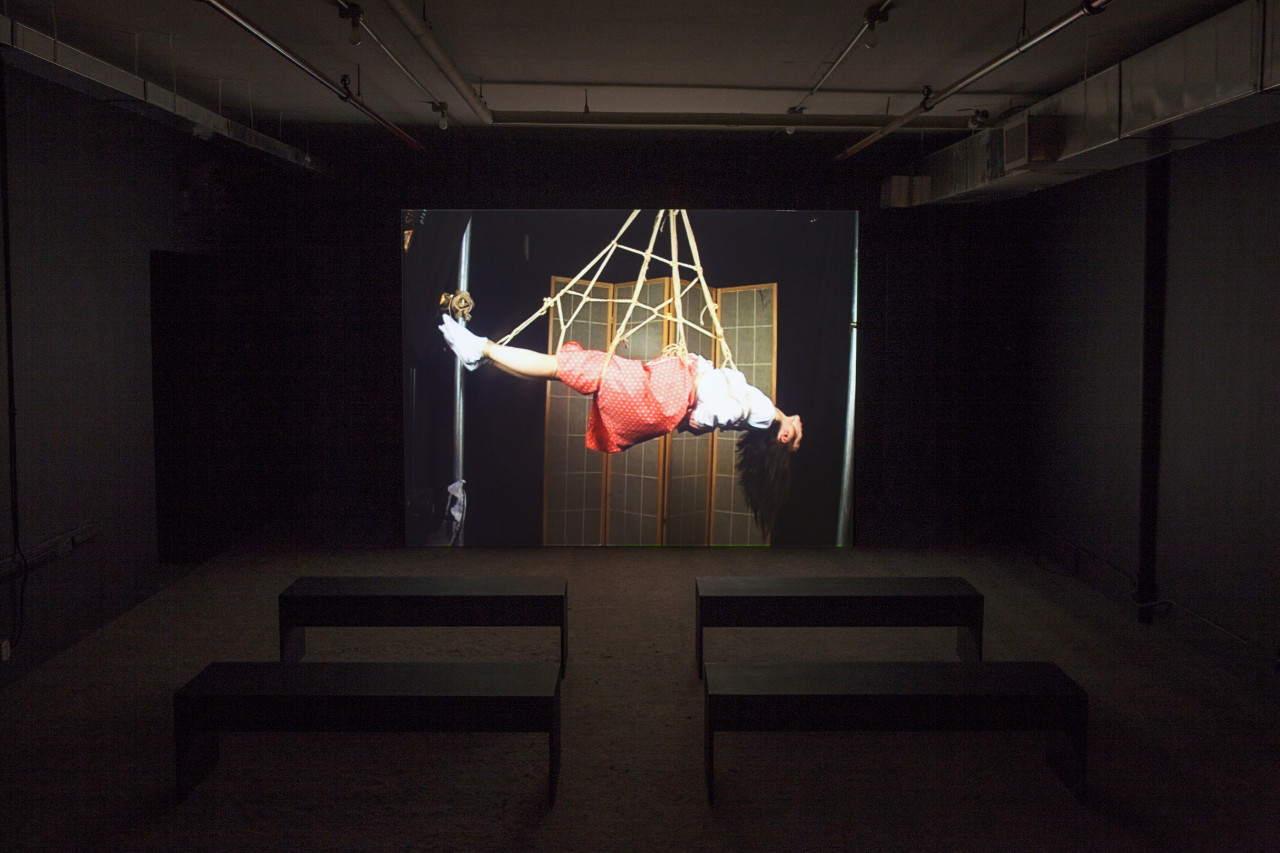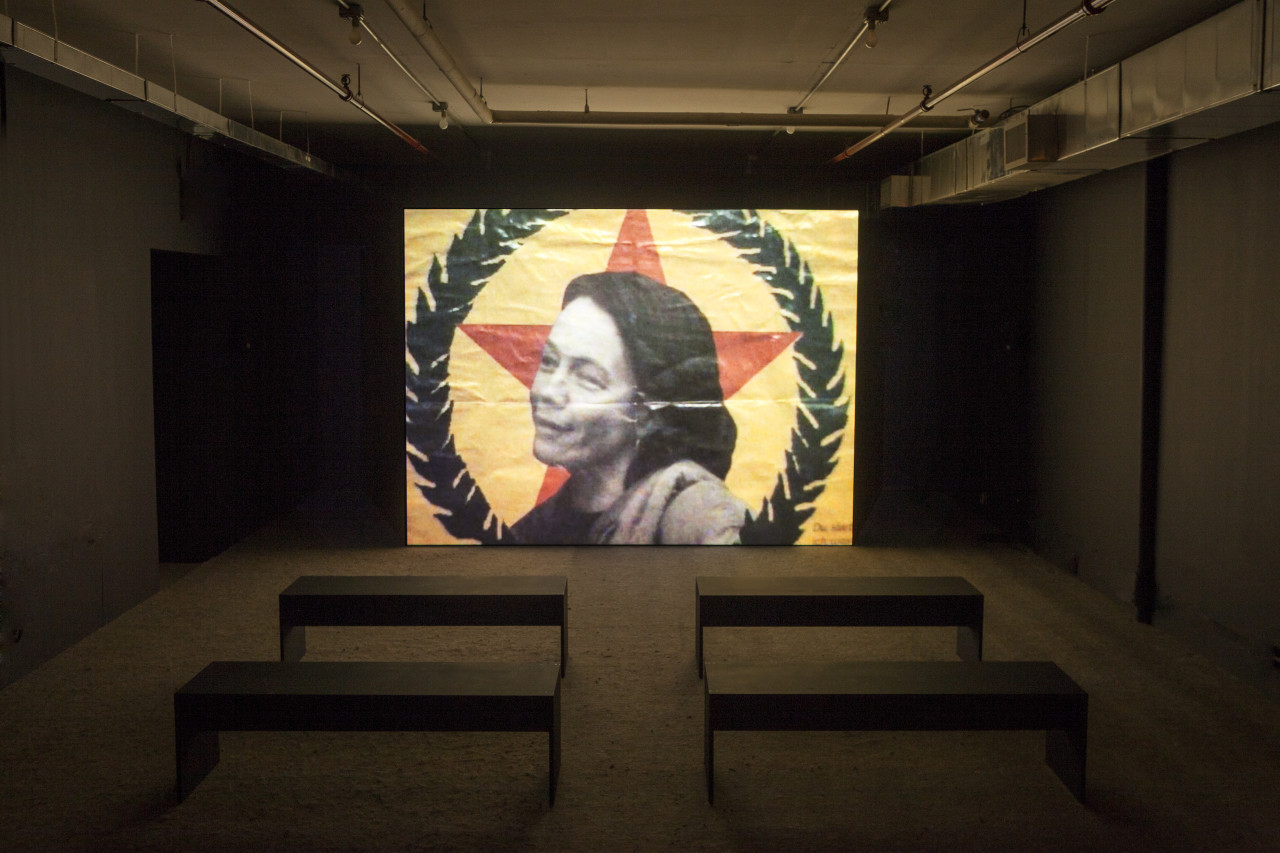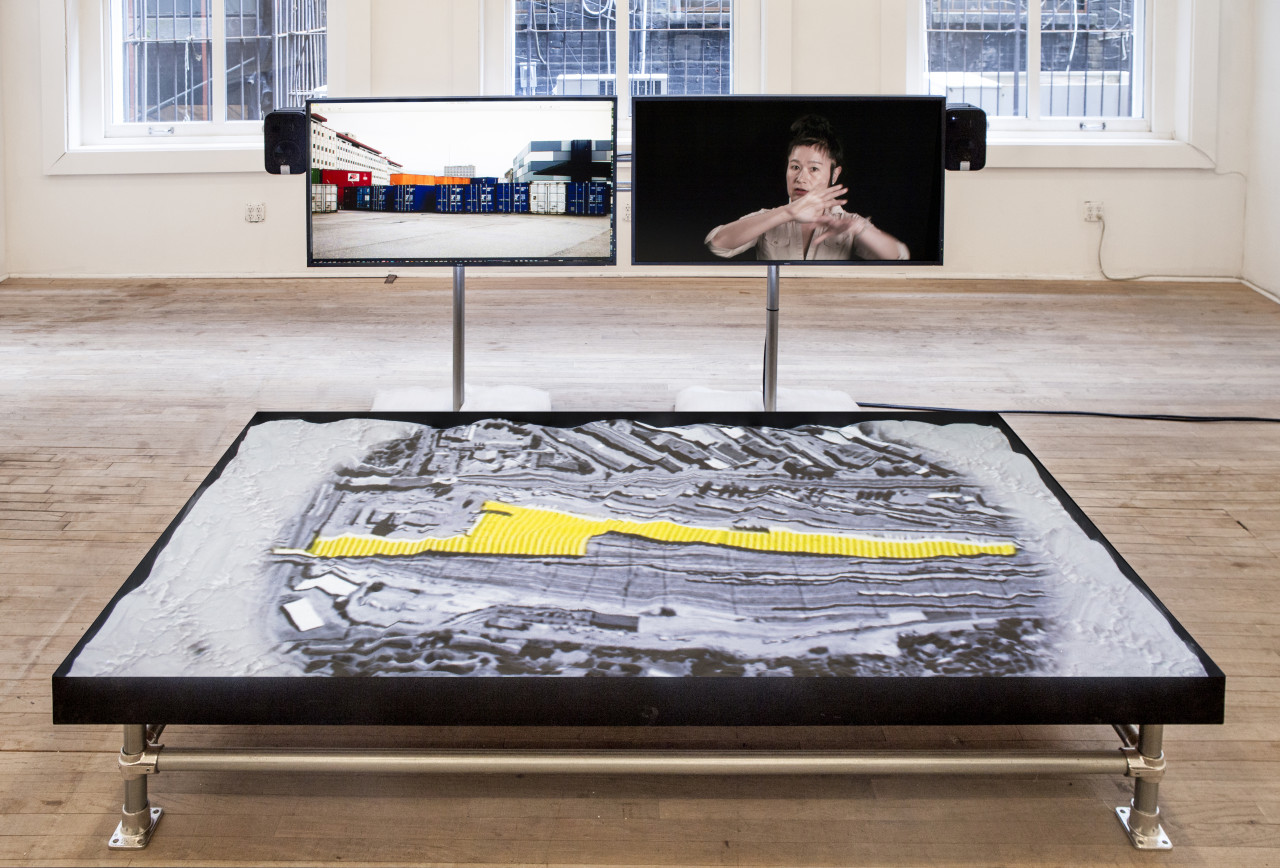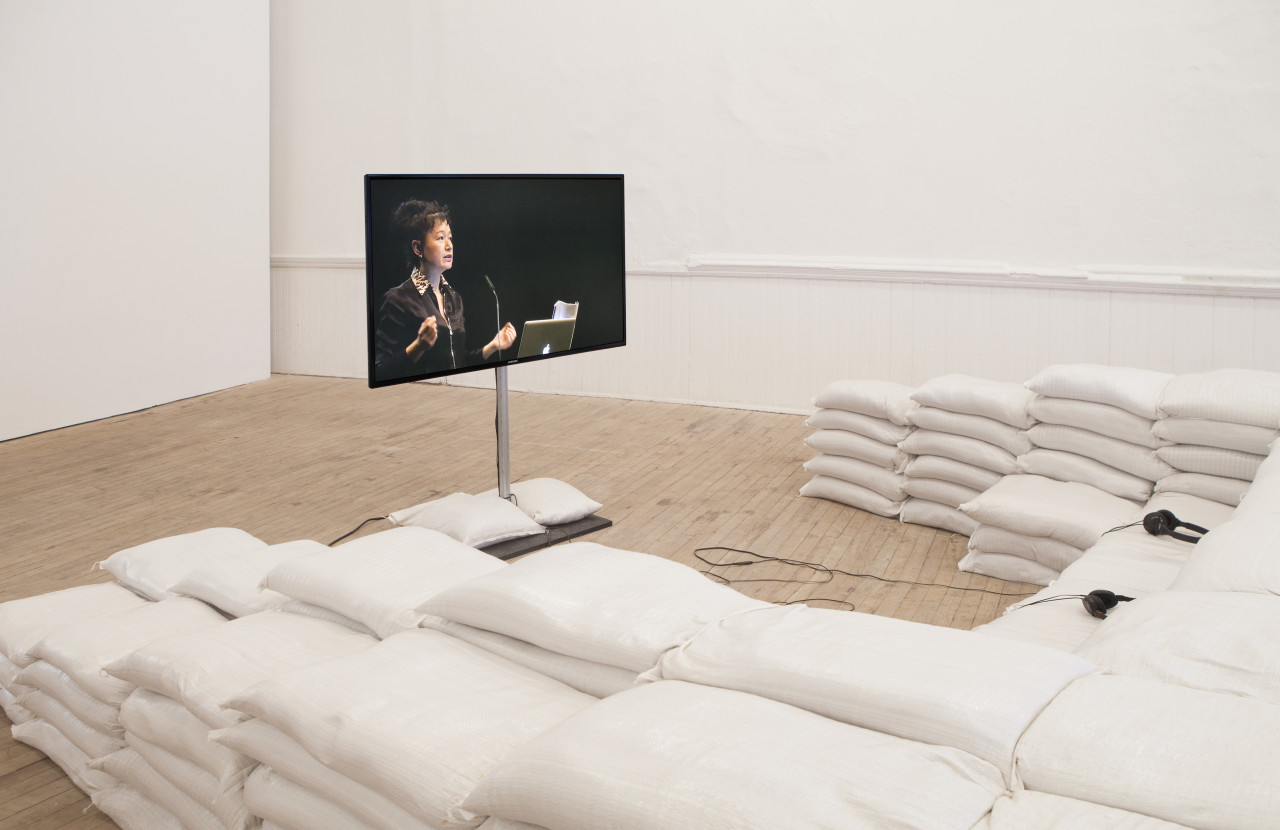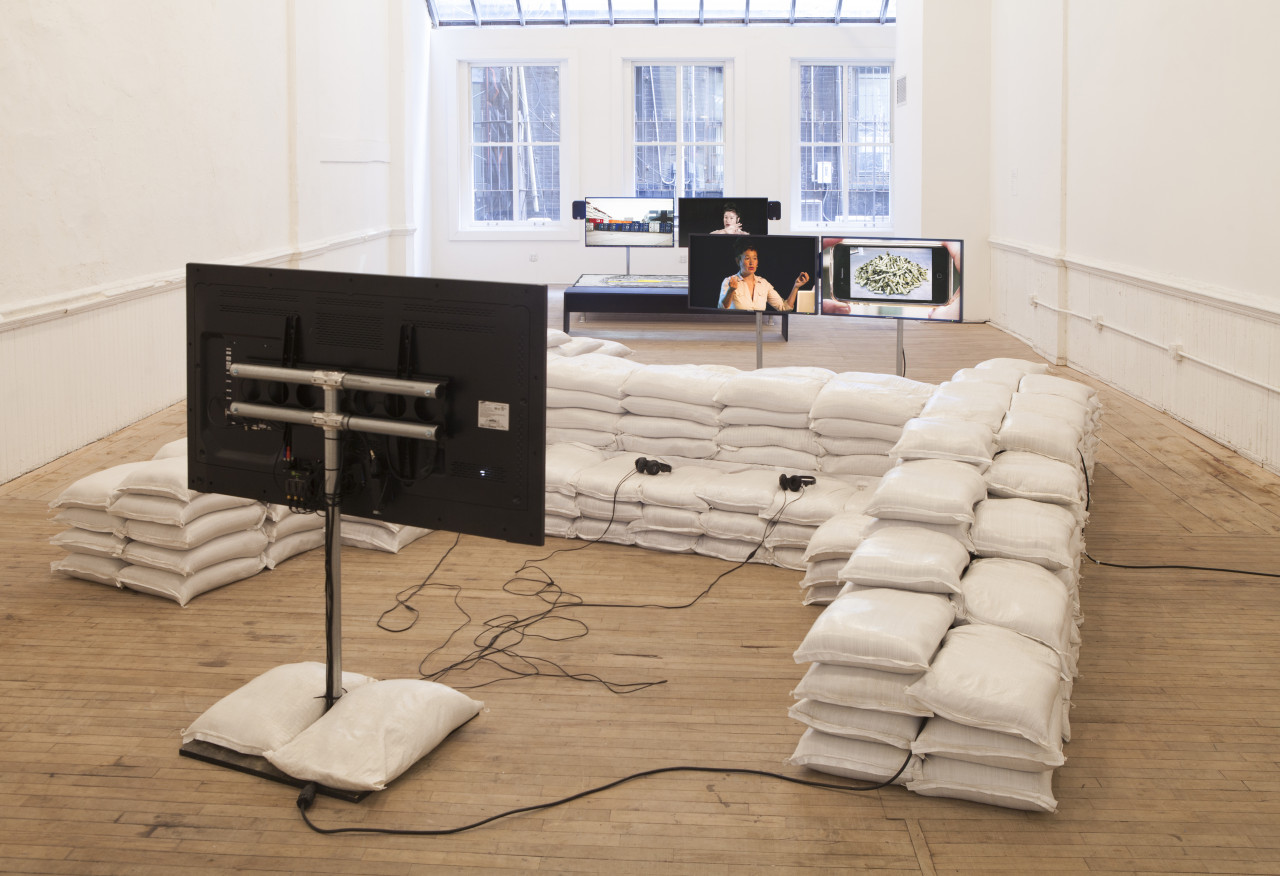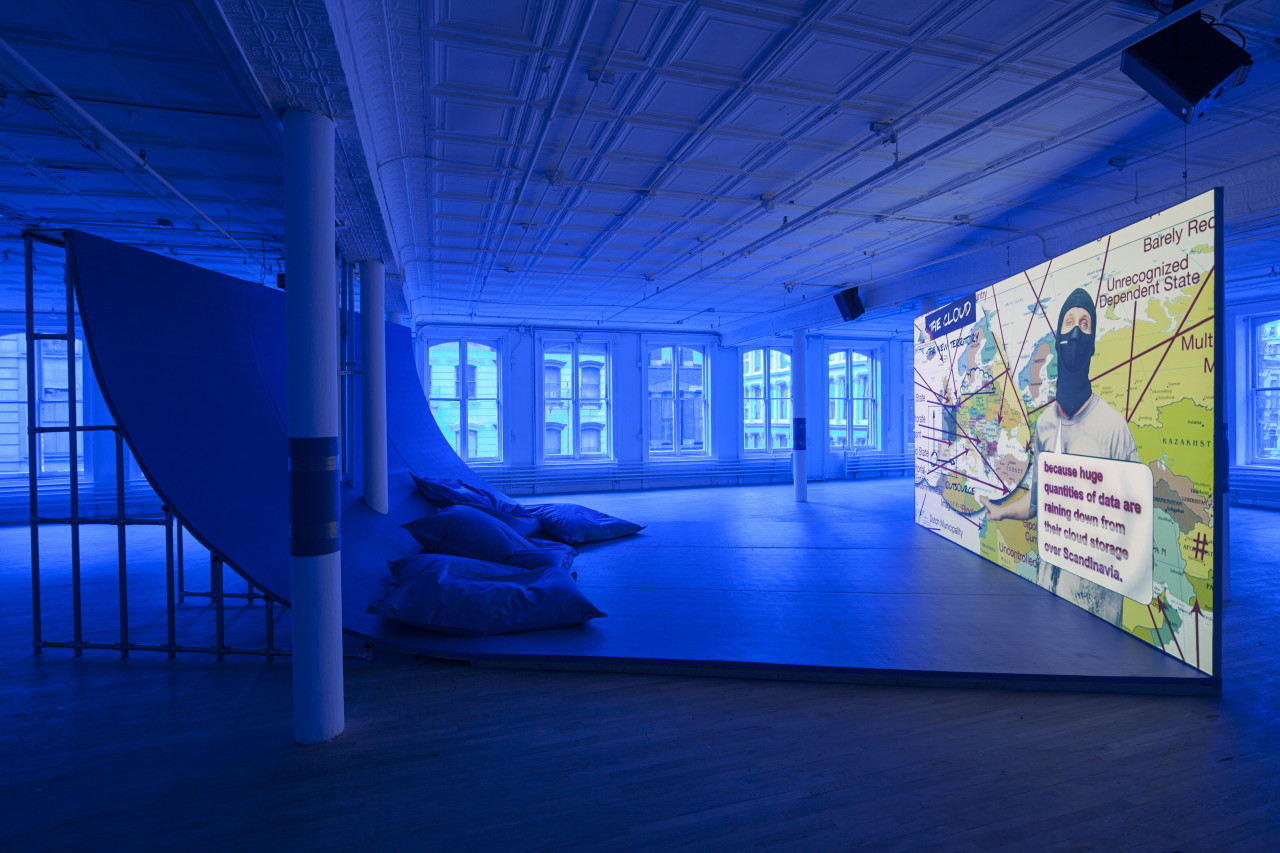The Empire of Senses
Police as art and the crisis of representation
In the Empire of the senses, police becomes an expert in aesthetics. The colors of the terror alert system are just one example of how the police paints moods and atmosphere. A strategy, which has a long tradition in monochrome paintings. But adopting the aesthetic strategies of the monochrome is not confined to terror alerts, but has become a trademark of postpolitical aesthetics.
First appeared in Transversal 09/07: Art and Police, 2007
Published by eipcp – European Institute for Progressive Cultural Policies
In Defense of the Poor Image
The poor image is no longer about the real thing – the originary original. Instead, it is about its own real conditions of existence; about swarm circulation, digital dispersion, fractured and flexible temporalities. It is about defiance and appropriation just as it is about conformism and exploitation.
First appeared in e-flux journal #10, 2009
Published by e-flux
Politics of the Archive
The afterlife, as Walter Benjamin once famously mentioned, is the realm of translation. This also applies to the afterlife of films. In this sense, this text deals with translation: with the transformations of two films, whose original prints were caught up in warfare, transformations which include transfer, editing, translation, digital compression, recombination and appropriation.
First appeared in Transversal 06/08: Borders, Nations, Translations, 2008
Published by eipcp – European Institute for Progressive Cultural Policies
Missing People
Entanglement, Superposition, and Exhumation as Sites of Indeterminacy
The zone of zero probability, the space in which image/objects are blurred, pixelated, and unavailable, is not a metaphysical condition. It is in many cases man-made, and maintained by epistemic and military violence, by the fog of war, by political twilight, by class privilege, nationalism, media monopolies, and persistent indifference.
First appeared in e-flux journal #38, 2012.
Published by e-flux
Truth Unmade
Productivism and factography
Perhaps documentary truth thus cannot be produced, just as community cannot be produced. If it were produced, it would belong to the world of the factum verum or the paradigm of instrumentality and governmentality, which traditionally imposes itself on documentary truth production (and which I have elsewhere called documentality). But this other mode of documentary emerges at a point, where documentality, as well as the instrumentality, pragmatism and utility that go along with it, are ruptured.
First appeared in Transversal 09/10: New Productivisms, 2010
Published by eipcp – European Institute for Progressive Cultural Policies
Documentarism as Politics of Truth
Documentality describes the permeation of a specific documentary politics of truth with superordinated political, social and epistemological formations. Documentality is the pivotal point, where forms of documentary truth production turn into government – or vice versa.
First appeared in Transversal 10/03: Differences & Representations, 2003
Published by eipcp – European Institute for Progressive Cultural Policies
The Language of Things
A documentary image obviously translates the language of things into the language of humans. On the one hand it is closely anchored within the realm of material reality. But it also participates in the language of humans, and especially the language of judgement, which objectifies the thing in question, fixes its meaning and constructs stable categories of knowledge to understand it. It is half visual, half vocal, it is at once receptive and productive, inquisitive and explanatory, it participates in the exchange of things but also freezes relations between them within visual and conceptual still images.
First appeared in Transversal 06/06: Under Translation, 2006
Published by eipcp – European Institute for Progressive Cultural Policies
In Free Fall
A Thought Experiment on Vertical Perspective
The view from above is a perfect metonymy for a more general verticalization of class relations in the context of an intensified class war from above – seen through the lenses and on the screens of military, entertainment, and information industries. It is a proxy perspective that projects delusions of stability, safety, and extreme master onto a backdrop of expanded 3D sovereignty.
First appeared in e-flux journal #24, 2011
Published by e-flux
A Thing Like You and Me
There might still be an internal and inaccessible trauma that constitutes subjectivity. But trauma is also the contemporary opium of the masses – an apparently private property that simultaneously invites and resists foreclosure. And the economy of this trauma constitutes the remnant of the independent subject. But then if we are to acknowledge that subjectivity is no longer a privileged site for emancipation, we might as well just face it and get on with it.
First appeared in e-flux journal #15, 2010
Published by e-flux
Is a Museum a Factory?
Today, cinematic politics are post-representational. They do not educate the crowd, but produce it. They articulate the crowd in space and time. They submerge it in partial invisibility and then orchestrate their dispersion, movement, and reconfiguration. They organize the crowd without preaching to it. They replace the gaze of the bourgeois sovereign spectator of the white cube with the incomplete, obscured, fractured, and overwhelmed vision of the spectator-as-laborer.
First appeared in e-flux journal #7, 2009
Published by e-flux
The Institution of Critique
The criticism of authority is according to Kant futile and private. Freedom consists in accepting that authority should not be questioned. Thus, this form of criticism produces a very ambivalent and governable subject, it is in fact a tool of governance just as much as it is the tool of resistance as which it is often understood. But the bourgeois subjectivity which was thus created was very efficient. And in a certain sense, institutional criticism is integrated into that subjectivity, something which Marx and Engels explicitly refer to in their Communist manifesto, namely as the capacity of the bourgeoisie to abolish and to melt down outdated institutions, everything useless and petrified, as long as the general form of authority itself isn't threatened.
First appeared in Transversal 01/06: Do You Remember Institutional Critique?, 2006.
Published by eipcp – European Institute for Progressive Cultural Policies
Politics of Art
Contemporary Art and the Transition to Post-Democracy
Even though political art manages to represent so-called local situations from all over the globe, and routinely packages injustice and destitution, the conditions of its own production and display remain pretty much unexplored. One could even say that the politics of art are the blind spot of much contemporary political art.
First appeared in e-flux journal #21, 2010
Published by e-flux
Duty-Free Art
Contemporary art thus becomes a proxy for the global commons, for the lack of any common ground, temporality, or space.
It is defined by a proliferation of locations, and a lack of accountability. It works by way of major real estate operations transforming cities worldwide as they reorganize urban space. It is even a space of civil wars that trigger art market booms a decade or so later through the redistribution of wealth by warfare. It takes place on servers and by means of fiber optic infrastructure, and whenever public debt miraculously transforms into private wealth.
First appeared in e-flux journal #63, 2015
Published by e-flux
Culture and Crime
In the global North, this sphere of privacy offers a whole range of different life styles. They suggest the complete freedom to design one's own living conditions - provided that they remain private and remain restricted to the recognition of individually culturalized identities. Difference is tolerated within the system of cultural domestication - but not as opposition to the system itself. Opposition is thus replaced by cultural difference.
First appeared in Transversal 01/01: Cultura Migrans, 2001
Published by eipcp – European Institute for Progressive Cultural Policies
The Articulation of Protest
Which movement of political montage then results in oppositional articulation - instead of a mere addition of elements for the sake of reproducing the status quo? Or to phrase differently: Which montage between two images/elements could be imagined, that would result in something different between and outside these two, which would not represent a compromise, but would instead belong to a different order - roughly the way someone might tenaciously pound two stones together to create a spark in the darkness?
First appeared in Transversal 03/03: Mundial, 2003
Published by eipcp – European Institute for Progressive Cultural Policies




